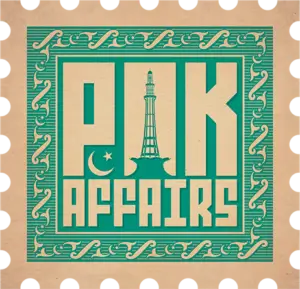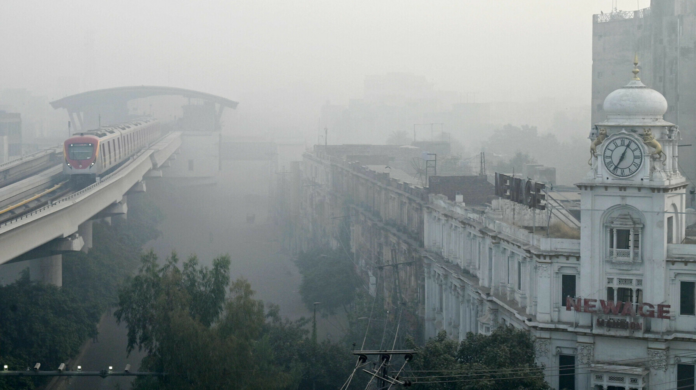The air quality situation in Punjab has significantly worsened, with Multan, the largest city in southern Punjab, reporting a staggering Air Quality Index (AQI) reading of 2,135 early Friday morning. This spike in pollution has caused severe smog in the region, forcing the provincial government to close parks and museums until November 17 to mitigate the health risks.
The AQI in Multan surpassed alarming levels, reaching over 2,000, with the concentration of PM2.5 — fine particulate matter that is most harmful to human health — recorded at 947 micrograms per cubic meter. This figure is 189.4 times higher than the World Health Organization’s recommended safe limit of 5 micrograms per cubic meter. By 10pm, the AQI in the city had further escalated to 980, which is three times the “hazardous” threshold of 300.
Air quality monitors installed in different parts of Multan, including the WWF-Pakistan Office, Shamsabad Colony, and Multan Cantonment, also reported alarmingly high AQI readings — 2,316, 1,635, and 1,527, respectively. The surrounding districts of Bahawalpur, Muzaffargarh, and Khanewal were also heavily impacted by the smog, causing dangerously reduced visibility on the roads.
In response to the hazardous air quality, Nishtar Hospital in Multan, the region’s largest medical facility, has set up special smog counters in both the outpatient and emergency wards, though no patients had visited these counters by the time of reporting.
To further combat the pollution, Multan’s Deputy Commissioner, Waseem Hamid Sindhu, imposed a “smart lockdown” on Friday, mandating that markets close by 8pm. Traffic police have also been instructed to take strict action against vehicles emitting smoke. Additionally, the authorities have launched a crackdown on stubble burning and brick kilns that operate without the environmentally friendly zig-zag technology.
However, residents like Rao Noushad have reported that safety regulations are not being strictly enforced. He mentioned that children were still playing outside despite schools being closed and voiced concerns about the sore throat caused by the poor air quality.
In Lahore, the air quality was equally dire, with the AQI reported at over 1,000 at midnight, making it the world’s most polluted city, surpassing even Delhi. As a result, a complete ban has been imposed on public access to parks, zoos, playgrounds, museums, and other recreational areas across multiple cities, including Lahore, Sheikhupura, Kasur, Gujranwala, and others. Violators of this ban will face legal action under Section 188 of the Pakistan Penal Code, which criminalizes defying government orders. Public and private schools in 18 districts have already been closed due to the hazardous conditions.
The Punjab Environment Protection and Climate Change Department (EPCCD) officials have attributed this severe air pollution to a combination of local factors and cross-border wind patterns from India. Secretary Raja Jahangir Anwar stated that winds from the Indian states of Rajasthan — particularly Bikaner and Jaipur — have carried significant amounts of smog into southern Punjab, exacerbating the already critical air quality. He acknowledged that while industrial and vehicular emissions, along with stubble burning, contribute to the smog, the “wind pool” from across the border has worsened the situation.
In response to the ongoing crisis, Punjab’s Senior Minister Marriyum Aurangzeb confirmed that measures are being taken to curb pollution, including requiring cargo trucks to cover their loads with tarps to prevent dust from spreading. She advised the public, especially children, to stay indoors to protect their health. Additionally, authorities have acted against vehicles and private generators causing pollution in Lahore, seizing 47 vehicles, issuing fines to 31 others, and imposing penalties totaling Rs550,000. Several food stalls and businesses violating environmental regulations have also been shut down.
The smog is so thick that key roads across the region have been closed due to reduced visibility. Major highways, including the Lahore-Abdul Hakeem M3 Motorway, Lahore-Islamabad M2 Motorway, and Faisalabad-Pindi Bhattian M4 Motorway, were shut down in several stretches to ensure the safety of motorists.
This dire air quality situation underscores the urgent need for coordinated action to address pollution and safeguard public health in Punjab.




